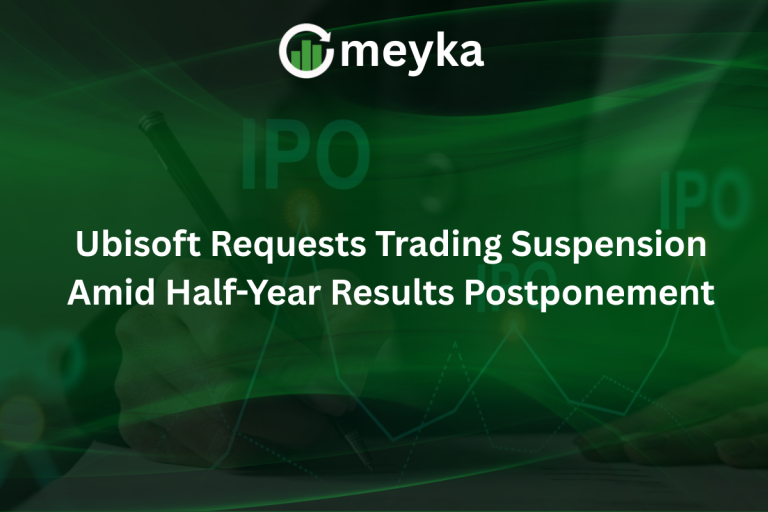China Stock Market Surges $1.3 Trillion, Sparking Outlook Debate
The China stock market has captured global attention after a $1.3 trillion surge in value. This dramatic upswing has stirred both excitement and skepticism. Investors, analysts, and policymakers are now debating whether this momentum is the beginning of a lasting recovery or simply another short-lived rally.
At the heart of this story are AI stocks, strong household savings, and active policy support, which together are reshaping China’s equity landscape.
The Key Drivers Behind the Rally
AI Stocks Powering Market Optimism
A major factor fueling this rally has been the surge in artificial intelligence stocks. The growth of DeepSeek’s AI technology has drawn attention to Chinese companies as global leaders in AI innovation. Hedge funds and global investors have poured billions into these equities, betting that China can remain competitive in the global AI race.
The enthusiasm is not only about AI’s potential but also about the perception that Chinese firms are undervalued compared to U.S. and European peers. Investors believe that the next generation of AI breakthroughs may emerge from China’s rapidly evolving tech ecosystem.
Institutional Investors Leading the Charge
Unlike previous rallies that were fueled by retail speculation, this one is strongly supported by institutional investors such as sovereign wealth funds, insurers, and mutual funds. These large players are bringing stability and long-term capital to the market.
In addition, Chinese households hold record savings, estimated at over ¥160 trillion. With deposit rates falling and property markets under pressure, many savers are now looking to equities as an alternative. This wave of potential investment from households could sustain the rally in the months ahead.
Policy Support Providing a Safety Net
The Chinese government has shown determination to stabilize and strengthen the financial system. Beijing has encouraged state-owned funds and institutions to purchase more equities, giving the market a layer of protection.
Meanwhile, valuations remain appealing. Compared with historical averages and global peers, many Chinese stocks are trading at discounts. This makes them attractive to both domestic and foreign investors searching for growth opportunities.
Why the Debate Matters: Risks and Challenges
Economic Fragility in the Background
Despite the stock market’s rally, the broader Chinese economy remains under pressure. The ongoing property sector crisis has left many developers burdened with debt, while consumer spending remains weak. Deflationary concerns continue to loom, adding to the uncertainty.
Without meaningful reforms or stronger consumption growth, the risk is that the stock market’s performance may be disconnected from the real economy. Analysts warn that the rally could fade quickly if economic fundamentals do not improve.
Volatility Is Nothing New
History offers a cautionary tale. The China stock market has experienced several sharp rallies in the past, often followed by steep corrections. When government support slows or investor confidence wavers, gains can vanish rapidly.
This history of volatility makes many global investors cautious. They recognize the opportunities but remain wary of putting too much faith in a rally that may not be backed by lasting fundamentals.
Geopolitical Pressures Add Uncertainty
The U.S.-China trade relationship and other geopolitical tensions add another layer of risk. Tariff threats, regulatory disputes, and geopolitical conflicts can easily impact investor sentiment and capital flows.
For many global funds, this uncertainty makes China a challenging market to navigate. Even with attractive valuations, external risks can dampen enthusiasm and cause sudden shifts in capital.
Looking Ahead: The Future of the China Stock Market
Near-Term Opportunities
In the short term, momentum appears strong. AI themes continue to excite investors, and policy support remains visible. If household savings begin to flow more aggressively into equities, the market could experience another leg higher.
Institutional participation also suggests that this rally may be more stable than those of the past. Long-term investors are less likely to exit quickly, which provides the market with a stronger base of support.
Medium- to Long-Term Risks
However, sustainability will depend on whether economic reforms and structural improvements materialize. Without addressing the property debt crisis, boosting consumer demand, and restoring confidence in the private sector, the rally risks running out of steam.
Geopolitical risks will also remain a persistent challenge. The direction of U.S.-China relations will heavily influence the willingness of foreign investors to commit more capital.
Balancing Caution and Opportunity
The surge in the China stock market reflects both optimism and risk. On one hand, AI stocks, strong institutional inflows, and supportive government policies are creating a foundation for potential growth. On the other, weak economic fundamentals, property sector instability, and geopolitical uncertainty remain major concerns.
For investors, the lesson is clear: opportunities are abundant, but so are the risks. The market’s current strength offers potential rewards, but careful research and a long-term perspective are essential.
Conclusion
The China stock market has gained $1.3 trillion in value, a surge that has reignited global debate about its future. The rally is being powered by AI-driven optimism, record household savings, institutional capital, and visible policy support. Yet, economic fragility, a troubled property sector, and global tensions serve as reminders that risks remain.
The outlook is balanced. The next phase will depend on whether real economic improvements align with market momentum. For now, the story of China’s rally reflects the constant push and pull between opportunity and caution.
FAQs
The rally was driven by excitement around AI stocks, large institutional inflows, and strong policy support from Beijing. Rising household savings also added optimism about future demand for equities.
Despite the gains, valuations remain relatively attractive compared with historical levels and other major markets. Many investors still see Chinese equities as undervalued.
The main risks include economic weakness, ongoing property sector issues, potential withdrawal of policy support, and geopolitical tensions with the United States. These factors could undermine investor confidence.
Disclaimer:
This content is made for learning only. It is not meant to give financial advice. Always check the facts yourself. Financial decisions need detailed research.






